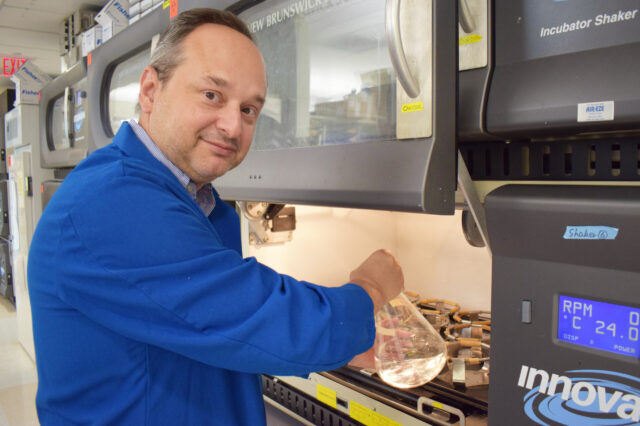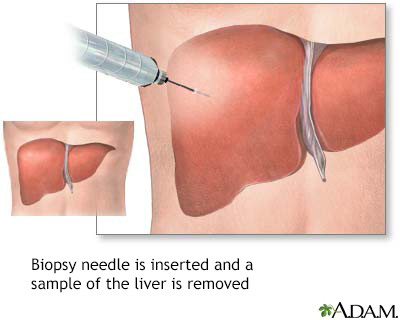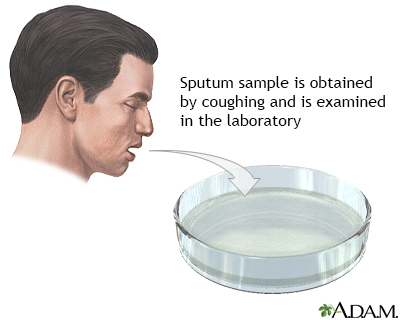Definition
Mycobacterial culture is a test to look for the bacteria that cause tuberculosis and other infections caused by similar bacteria.
How the Test is Performed
A sample of body fluid or tissue is needed. This sample may be taken from the lungs, liver, or bone marrow.
Most often, a sputum sample will be taken. To obtain a sample, you will be asked to cough deeply and spit out the material that comes up from your lungs.
A biopsy or aspiration may also be done.
The sample is sent to a laboratory. There it is placed in a special dish (culture). It is then watched for up to 6 weeks to see if the bacteria grow.
How to Prepare for the Test
Preparation depends on how the test is done. Follow your health care provider's instructions.
How the Test will Feel
How the test will feel depends on the specific procedure. Your provider can discuss this with you before the test.
Why the Test is Performed
Your doctor may order this test if you have signs of tuberculosis or a related infection.
Normal Results
If there is no disease present, there will be no growth of bacteria in the culture medium.
What Abnormal Results Mean
Mycobacterium tuberculosis or similar bacteria is present in the culture.
Risks
Risks depend on the specific biopsy or aspiration being performed.
References
Fitzgerald DW, Sterling TR, Haas DW. Mycobacterium tuberculosis. In: Bennett JE, Dolin R, Blaser MJ, eds. Mandell, Douglas, and Bennett's Principles and Practice of Infectious Diseases. 9th ed. Philadelphia, PA: Elsevier; 2020:chap 249.
Rodino KG, Woods GL, Wengenack NL. Mycobacteria. In: McPherson RA, Pincus MR, eds. Henry's Clinical Diagnosis and Management by Laboratory Methods. 24th ed. Philadelphia, PA: Elsevier; 2022:chap 59.


